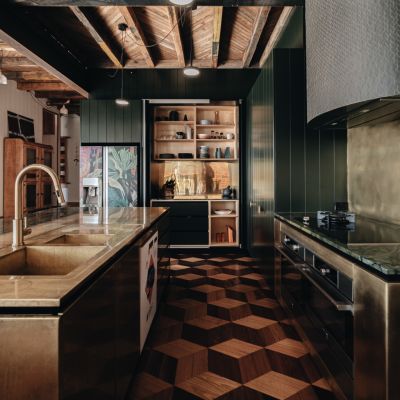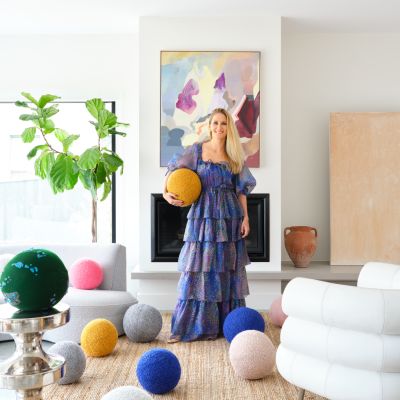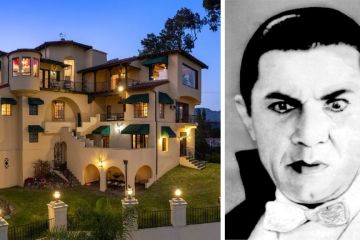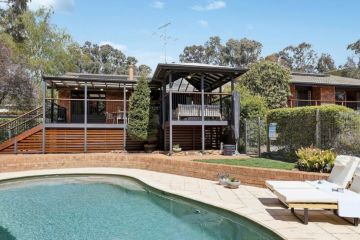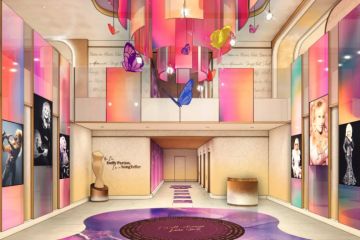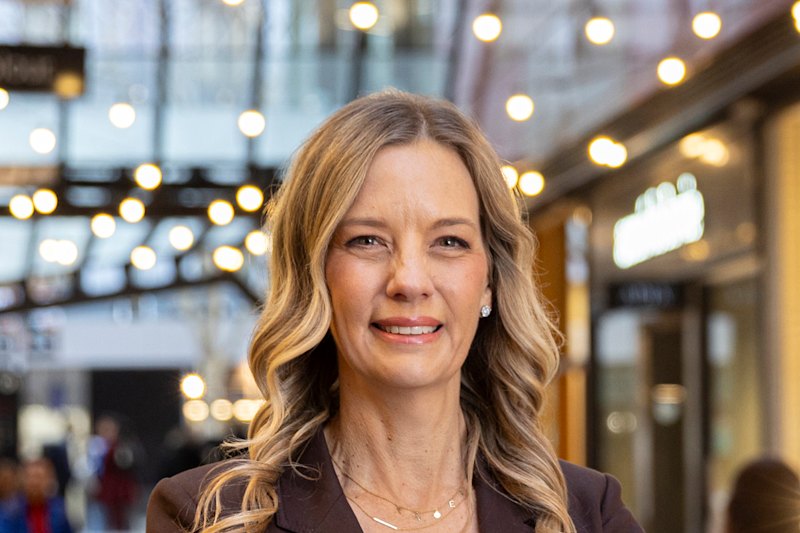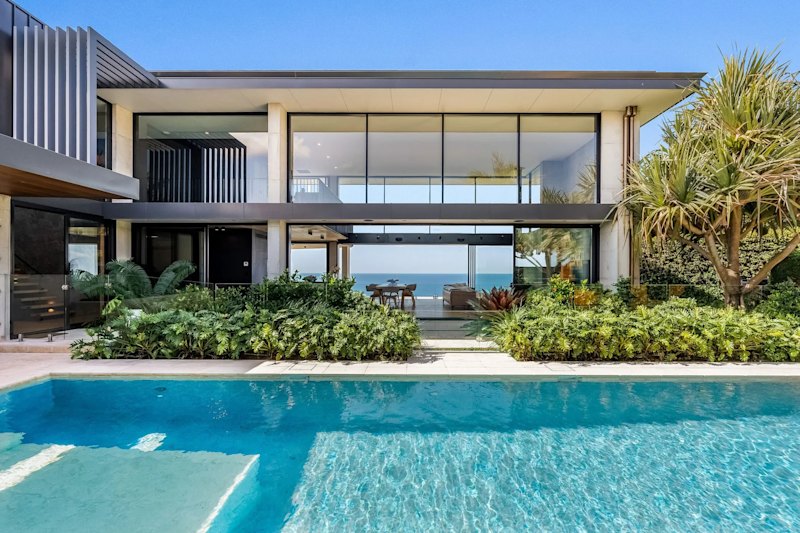'No set look for what sustainable design is': Meet the Canberra architect big on sustainable designs
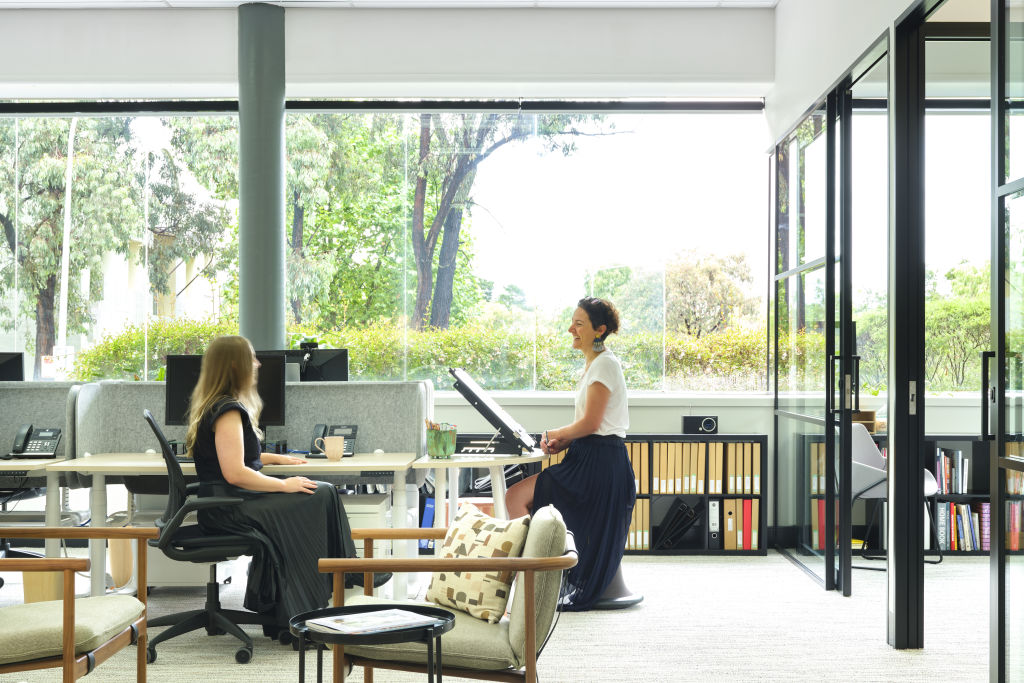
Take a moment to bring to mind what you think an example of sustainable housing design looks like. Chances are, the images that flashed up for each of us would be starkly different, but Canberra architect Shannon Battisson says every one of them could be accurate.
“I’m a big believer that actually there is no set look for what sustainable design is,” she says.
“Sustainable architecture is any kind of architecture that speaks to the people who are going to use it, the place and country in which it is to be built, and the climate in which we’re going to ask it to actually function. And so that doesn’t have to look like anything at all.”
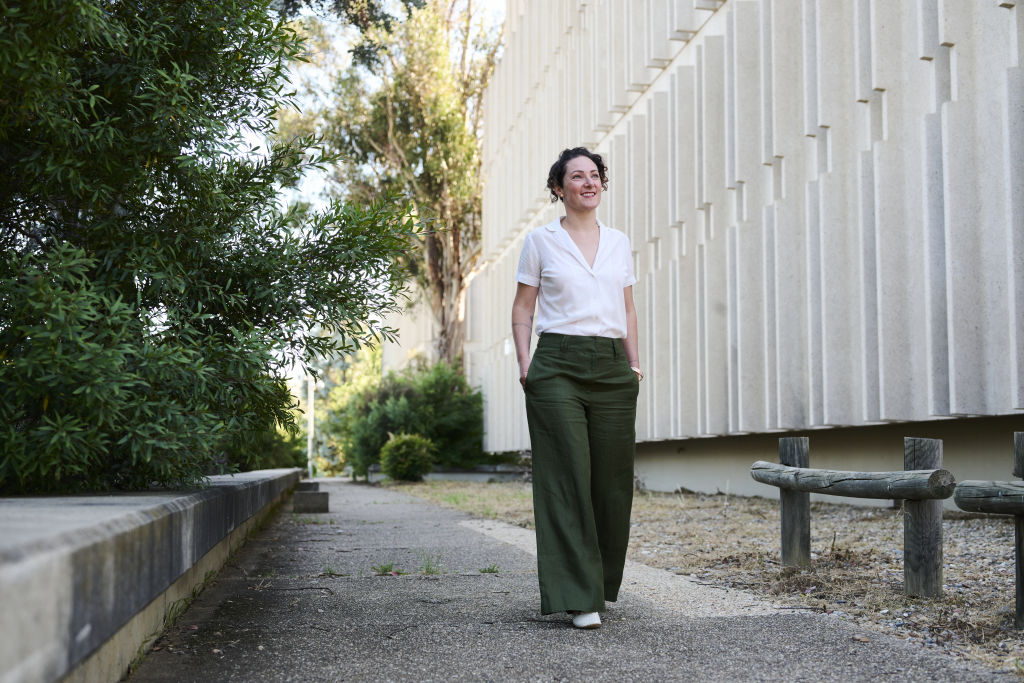
Battisson, who took over as president of the Australian Institute of Architects last year, is co-director at boutique Canberra architecture and design firm The Mill.
She, her co-director Sarah Welsh and their team have been creating beautiful spaces for more than a decade, combining architecture and interior design for both residential and commercial clients.
Architecturally, Battisson has a particular passion for designing high-performing spaces that are easy to live in.
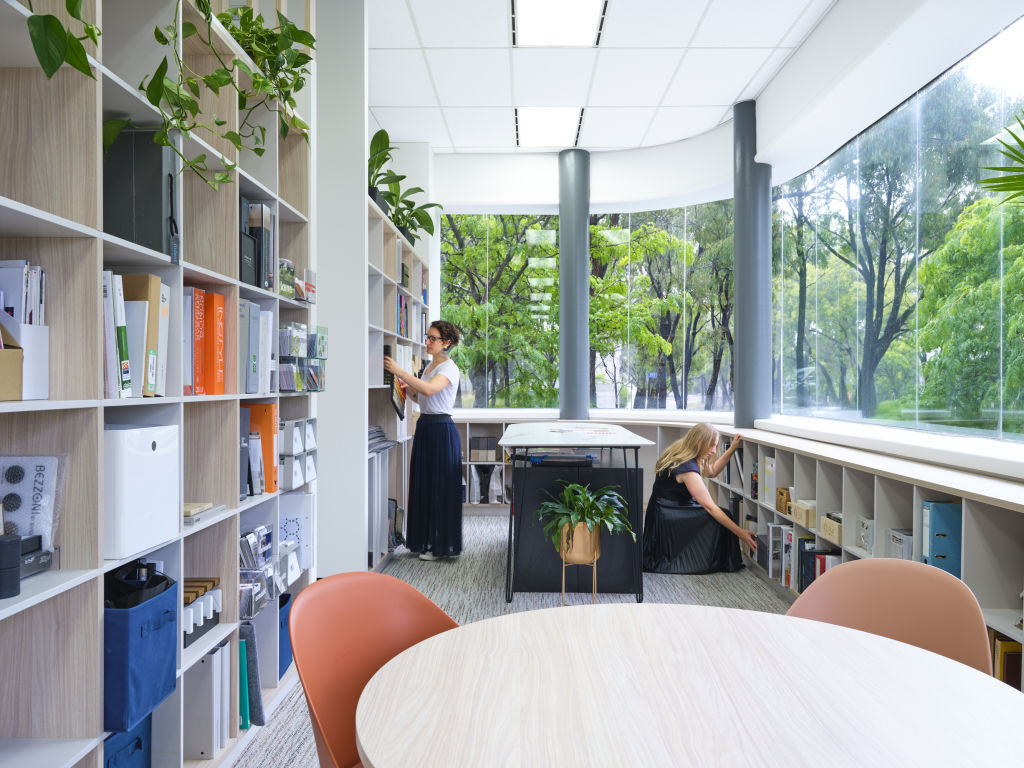
“We specialise in high-end, climate-responsive housing. So housing that is really inherently designed for the specific spot that it’s going to be built and low energy use, making use of all of those things in our environment that actually are freely available and really help create a beautiful, healthy space to live,” she says.
That could look like a sleek, modern new build. For example, Battisson got to apply those principles last year in the design of her family’s new Canberra home, which achieved an impressive eight-star energy rating.
Or, for many of their residential clients, it means taking an older, mid-century home, bursting with character that the owners don’t want to lose, and fundamentally improving how it performs.
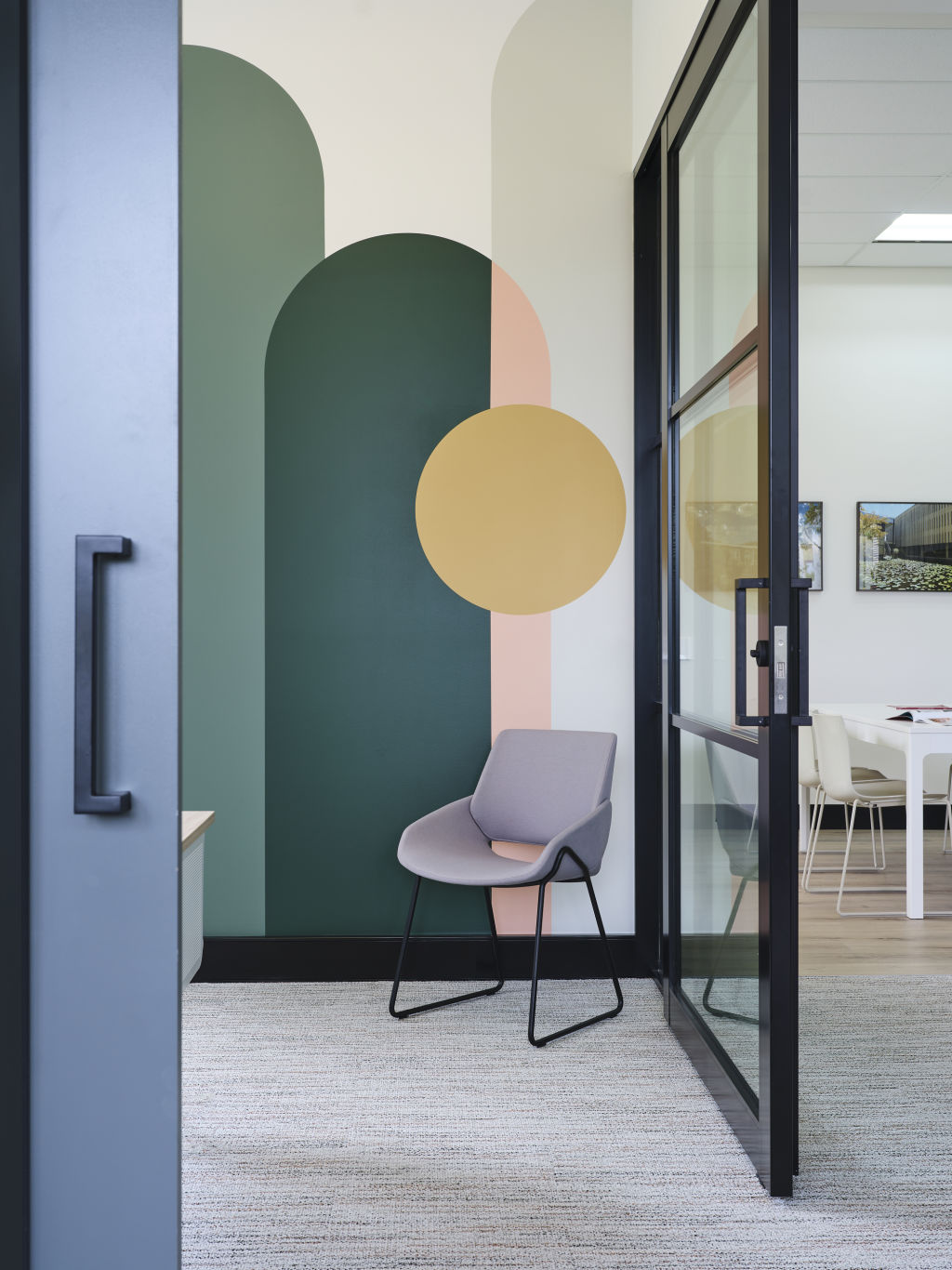
Battisson and Welsh took a similar approach when they recently got to channel their creativity into a fit-out for their new office after swapping their previous space at Kingston Foreshore for a larger office in Deakin.
“One of the things that we wanted was to find an older building that we could celebrate a little bit and give it a new chapter,” Battison says.
They left the base of the structure untouched, and instead created light-touch additions to draw in as much light as possible, like a curved breezeblock wall that mimics the building’s external curved brick and glass facade.
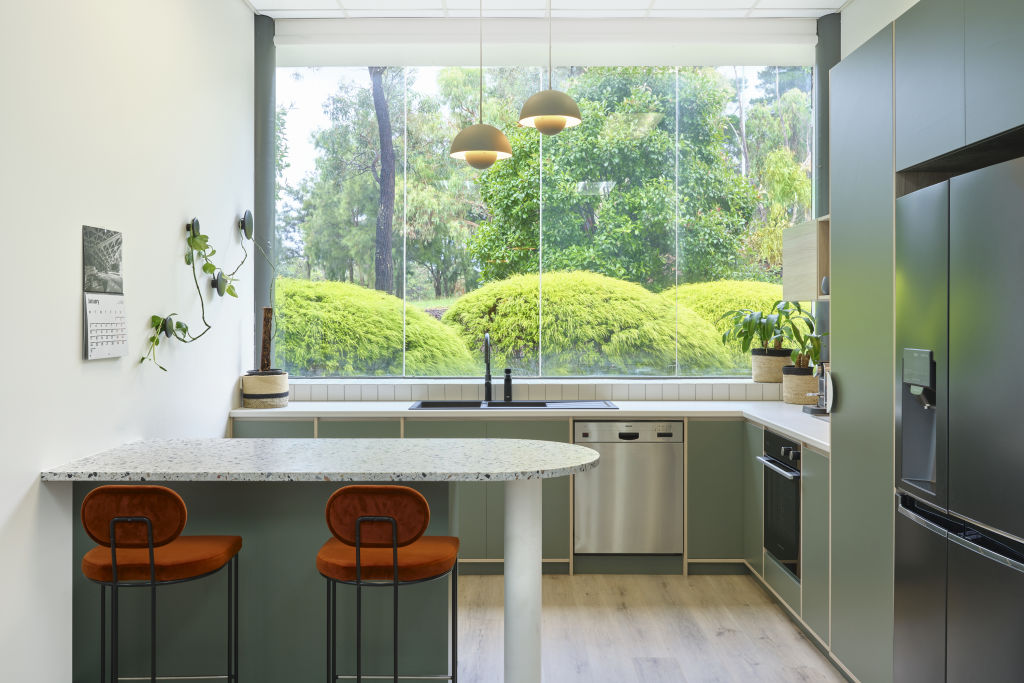
“It’s a really gorgeous space,” she says. “Glass wraps around three sides of the office, and we’re surrounded by trees and light.
“We’re big believers in designing only the least amount necessary, so that it gives you maximum flexibility and it’s not wasteful of resources.”
So what does sustainable design look like at home? Battisson says it’s about embracing minimalism, incorporating only what you do need, and nothing that you don’t.
“Minimalism doesn’t have to be cold,” she says. “We’re not talking about stark, white, minimalist boxes. We’re talking about only building the spaces in a home, for example, that your family needs, instead of building everything that a future buyer might possibly want.”
States
Capital Cities
Capital Cities - Rentals
Popular Areas
Allhomes
More
